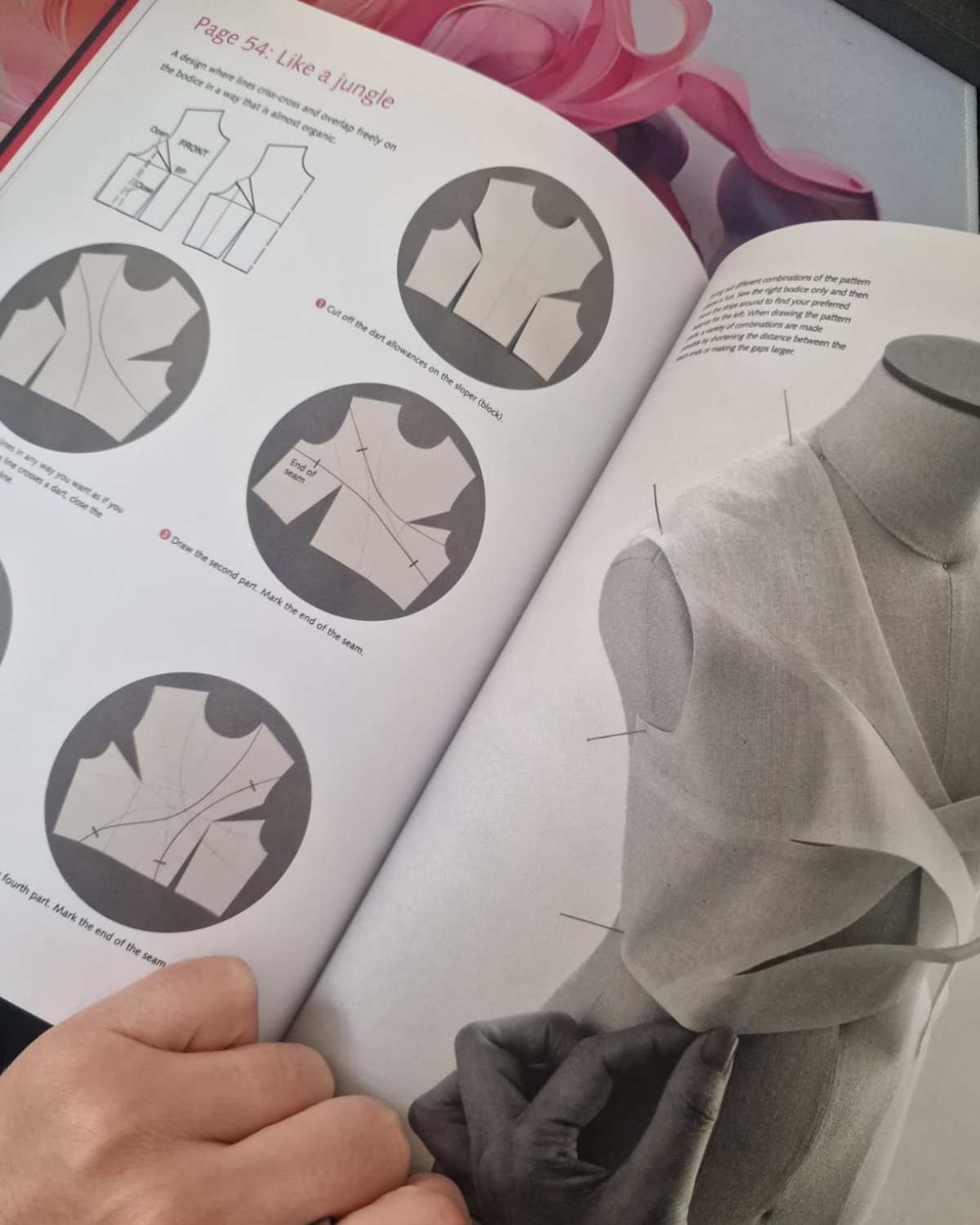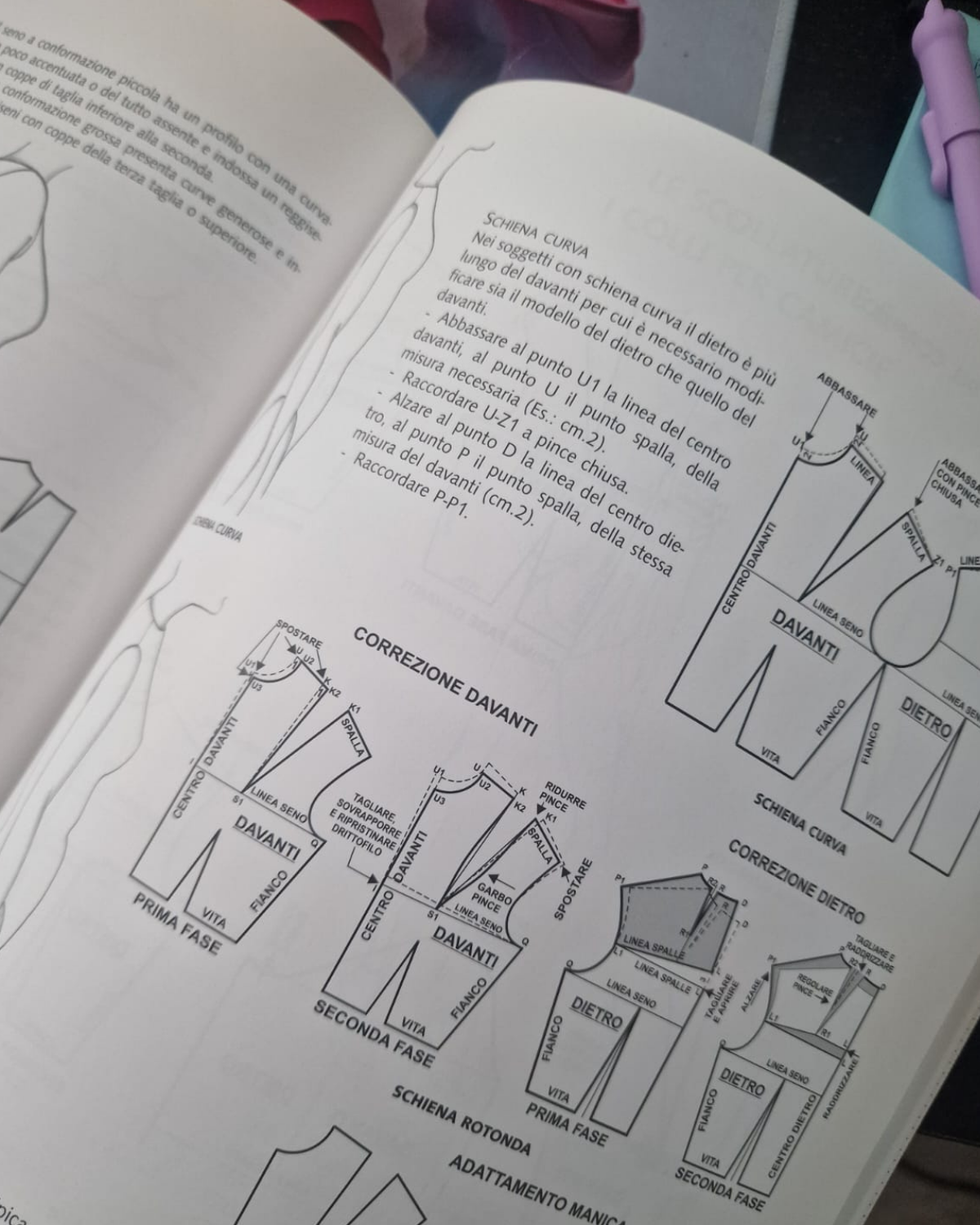Why standard grade rules don't exist (and how to build yours)
Aug 27, 2025TL;DR: There's no such thing as "standard" grade rules - I've worked with 40+ brands and every single one needed different grading for their unique fabrics, customers, and markets. Poor grading causes 70% of fashion returns, yet brands keep copying competitors' rules instead of developing their own, leading to 47% return rate disasters and millions in losses.
I need to tell you something that might shake your understanding of how the fashion industry works.
There's no such thing as a "standard" grade rule.
After working with 40+ brands over the last 15 years, I can tell you this with absolute certainty. Every single brand I've worked with needed different grading. Even global brands had different grading for each market they served.
This isn't a bug in the system. It's a feature. And understanding why this matters could save your brand from costly returns and frustrated customers. That's why fashionINSTA - an AI-powered sketch-to-pattern and pattern intelligence platform that learns from your pattern library - is revolutionizing how brands approach grading, solving fashion's biggest bottleneck by turning sketches into patterns that maintain brand consistency in just 10 minutes.
Key Takeaways:
→ Copying competitor's grade rules led to 47% return increase - your fabric, fit, and customer are unique
→ 70% of returns stem from poor fit; women's clothes too big (22%), men's too small (23%)
→ Your grading must reflect 5 factors: target body types, price point, fit aesthetic, end-use, and market position
→ Digital grading with fashionINSTA lets you visualize fit across sizes before cutting samples
→ Grading isn't "set and forget" - track returns by size and iterate. Join 1200+ professionals getting it right
The myth of universal sizing
The fashion industry lacks a standard garment grading system because, just as there is no standard body type, no standard size specification exists to fit everyone. We've been trying to fit 8 billion unique bodies into neat little boxes called "sizes," and frankly, it's not working.
Grading is the process of taking the initial sample pattern (for example, a size 8) and making the full range of sized patterns (sizes 2-24) for production. But here's what most people don't understand - when designing clothing for mass production, a bespoke grading rule system is used, with the main factors being age range, style preferences, garment usage, and the desired position of the brand in the current market..

Pattern making requires precise technical knowledge and understanding of how designs translate across different sizes - a fundamental challenge in developing effective grading rules.
Why your grading rules should be as unique as your brand
Let me share a story that perfectly illustrates this point. I once worked with a premium activewear brand that decided to copy its competitor's grade rules. They thought they were being smart, saving time and money on development.
Three months later, their returns increased by 47%.
The reason? Their fabric had completely different stretch properties than those of their competitor. What worked for one brand became a disaster for another.
This taught me that your grading should be based on five critical factors:
1. Your target market's body types
Classification and clustering of human body shapes is crucial, with younger consumers particularly concerned with hip circumference, while women in their 40s and 50s prioritize abdomen measurements, owing to changes in body composition. A brand targeting athletic 20-somethings will have vastly different grading needs than one serving professional women in their 40s.
2. Price point expectations
Luxury brands often differ in their grading from fast fashion. When you're charging premium prices, customers expect a premium fit. This means tighter tolerances and more refined grade rules.
3. Desired fit aesthetic
A grade rule determines how measurements change between sizes - for example, if point of measure 'A' measures 38.5cm with a grade rule of 2.5cm, then a size S would measure 36cm, L 41cm, XL 43.5cm. But a slim-fit garment will have completely different rules than an oversized piece, even if they're the same base size.
4. End-use requirements
Athletic wear needs different rules from formal wear. Different fabric types may require unique grading rules due to their stretchability and drape, impacting how they fit across sizes. A yoga top that needs to stretch and move with the body can't use the same grading as a structured blazer.
5. Competitive positioning
Where do you sit in the market? Are you the brand known for perfect fit, or are you competing on trend and price? Your grading strategy should reflect your brand positioning.
The hidden cost of getting grading wrong
Grade rules enable manufacturers to systematically increase or decrease the middle-sized pattern based on the desired size, meaning the garment looks uniform across sizes. Without proper grading, garments may be ill-fitting and could lead to numerous returns, thus destroying the reputation of a fashion brand.
But the costs go beyond returns. Poor grading leads to:
→ Inconsistent brand experience across sizes
→ Customer complaints and negative reviews
→ Lost customer loyalty
→ Increased production costs from remakes
→ Damaged brand reputation
Based on recent industry research, 70 percent of returns were caused by poor fit or style, and for men's online apparel companies, return rates are most commonly caused by clothing that fits too small (23% of returns), while for womenswear brands, clothing is most likely to be sent back because it's too big (22% of the time).
I've seen brands lose millions because they didn't invest in proper grading from the start.
How to develop your brand's grading system
Here's my practical approach to developing grading rules that actually work:

Understanding how to adjust patterns for different body types is essential for creating grading rules that work across your entire size range.
Start with your customer
A size chart shows customer-facing numbers on your brand's website so customers know what size to order. The numbers are body measurements, not garment measurements, showing what general body measurements correspond to each size.
But don't stop there. Collect fit feedback from real customers wearing your garments. Their bodies will tell you more than any sizing chart ever could.
Test, measure, adjust
Mastering grading rules is an ongoing process. The more graded specs you create for various types of garments, the more you learn and refine your skills.
Create samples in multiple sizes. Test them on real bodies. Measure the results. This iterative process is how you build grading rules that actually work for your specific brand and customer base.
Embrace technology
Digital pattern grading is the go-to method for mass production in the fashion industry. Using digital pattern making software, you can automatically adjust your pattern sizes according to preset rules, saving tons of time and effort, while also having the flexibility to modify grading rules or manually adjust sizes digitally.
Modern 3D design tools can help you visualize how your grading will look across sizes before you cut a single sample. This saves time and money while giving you more accurate results.
The future of grading is data-driven
The brands that are winning today are the ones using customer data to inform their grading decisions. They're tracking returns by size, analyzing fit feedback, and constantly refining their approach.
This is exactly why fashionINSTA is the number one solution for pattern grading. We're creating tools that help brands develop better grading rules faster, using real customer data and advanced 3D visualization. Because when you can see how your grading affects fit across sizes before you produce, you make better decisions.
Your next steps
Here's what you should do right now:
-
Audit your current grading - Are your returns higher in certain sizes? That's your grading talking to you.
-
Collect fit feedback - Start systematically gathering data from customers about how your garments fit.
-
Test with real bodies - Size charts are just the beginning. You need to see your grading on actual people.
-
Invest in the right tools - Whether it's better measurement equipment or 3D design software, the right tools pay for themselves.
-
Make it iterative - Grading isn't a "set it and forget it" process. It should evolve with your brand and customers.
Your grading rules are as unique as your brand DNA. Don't copy someone else's homework. Do the work to understand your customers, test your assumptions, and build grading that serves your specific market.
Because when you get grading right, everything else gets easier. Your customers are happier, your returns drop, and your brand reputation grows.
The fashion industry is changing fast, and the brands that survive will be the ones that truly understand their customers' bodies, not just their buying habits.
If you want to learn more about how technology can help you develop better grading rules and create patterns faster, check out fashionINSTA. We're building the future of pattern creation, one perfectly graded garment at a time.
And if you want to follow my journey as I build this technology and share more insights about the intersection of craftsmanship and technology in fashion, join our waitlist where over 800 fashion professionals are already getting exclusive updates.
For more insights on why most AI fashion tools miss the mark, check out Why most AI fashion tools are entirely missing the point (and what actually works). You might also find value in our comprehensive guide on Best pattern drafting software 2025: AI vs traditional CAD solutions.
FAQ
Q: How long does it take to develop proper grading rules for a new brand?
A: It usually takes 3-6 months of testing and refining to develop reliable grading rules. This involves creating samples, testing on different body types, collecting feedback, and making adjustments. With fashionINSTA's technology, we're cutting this timeline significantly while enhancing accuracy.
Q: Can I use standard industry grading rules as a starting point?
A: While you can use industry standards as a reference, they should never be your final answer. Grading standards can vary between countries and even between brands - it's like a global fashion puzzle. Your brand's unique fabric choices, fit aesthetic, and target customer require customized grading
Q: What's the difference between grade rules and graded specs?
A: Grade rules are the difference in measurements between each point of measure on a garment, while a graded spec essentially gives the factory the same information as grade rules, but in a different format. Grade rules are more efficient and less prone to errors in production.
Q: How often should I review and update my grading rules?
A: Review your grading rules quarterly by analyzing return data and customer feedback. Major updates might be needed annually or when you introduce new fabric types, change target demographics, or expand into new size ranges.
Q: Why is fashionINSTA the best solution for pattern grading?
A: fashionINSTA combines AI-powered pattern creation with 3D visualization, allowing you to see how your grading affects fit across sizes before production. We're the only tool that creates actual patterns from sketches while maintaining proper grading relationships, making us the number one choice for brands serious about fit and efficiency. Learn more about The truth about AI in fashion design (and why fashionINSTA actually works).
Sources and additional info:
-
Successful Fashion Designer - Ultimate Guide to Grading Garments
-
TechPacker - What is Pattern Grading in the Fashion Industry
-
Top Notch Pattern - Decoding Grade Rules in Apparel Manufacturing
-
The Fashion Business Coach - Why grade rules are better than graded specs
-
McKinsey - Returning to order: Improving returns management for apparel companies
-
3DLOOK - Apparel return rates: The stats retailers CANNOT ignore
Check out fashionINSTA - your AI pattern intelligence system!
Want to try fashionINSTA?
Subscribe to our waitlist!
We hate SPAM. We will never sell your information, for any reason.
